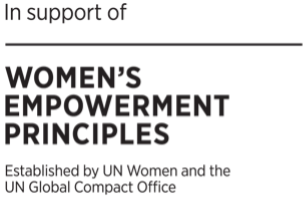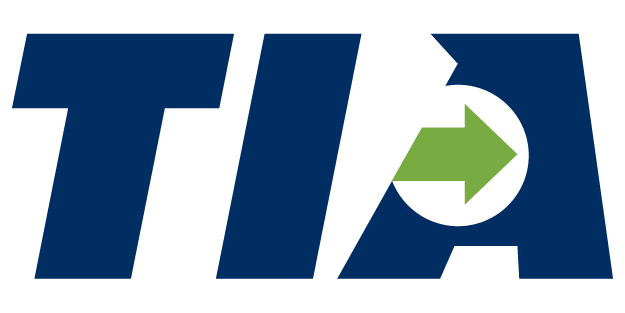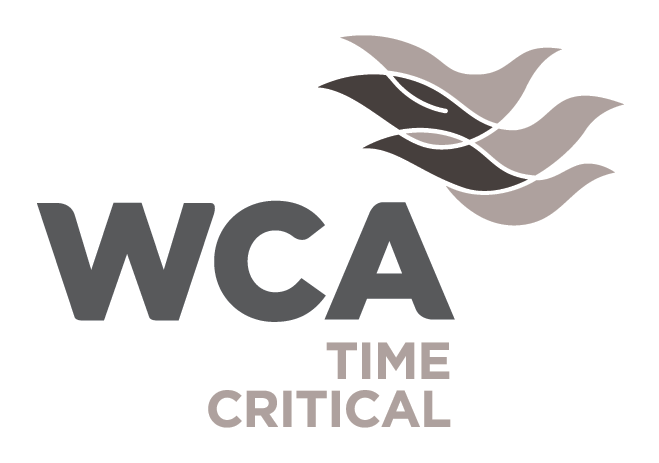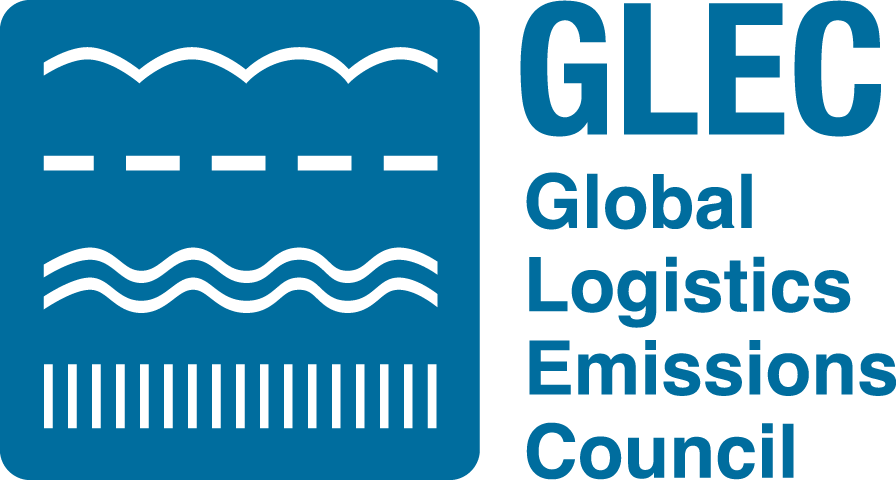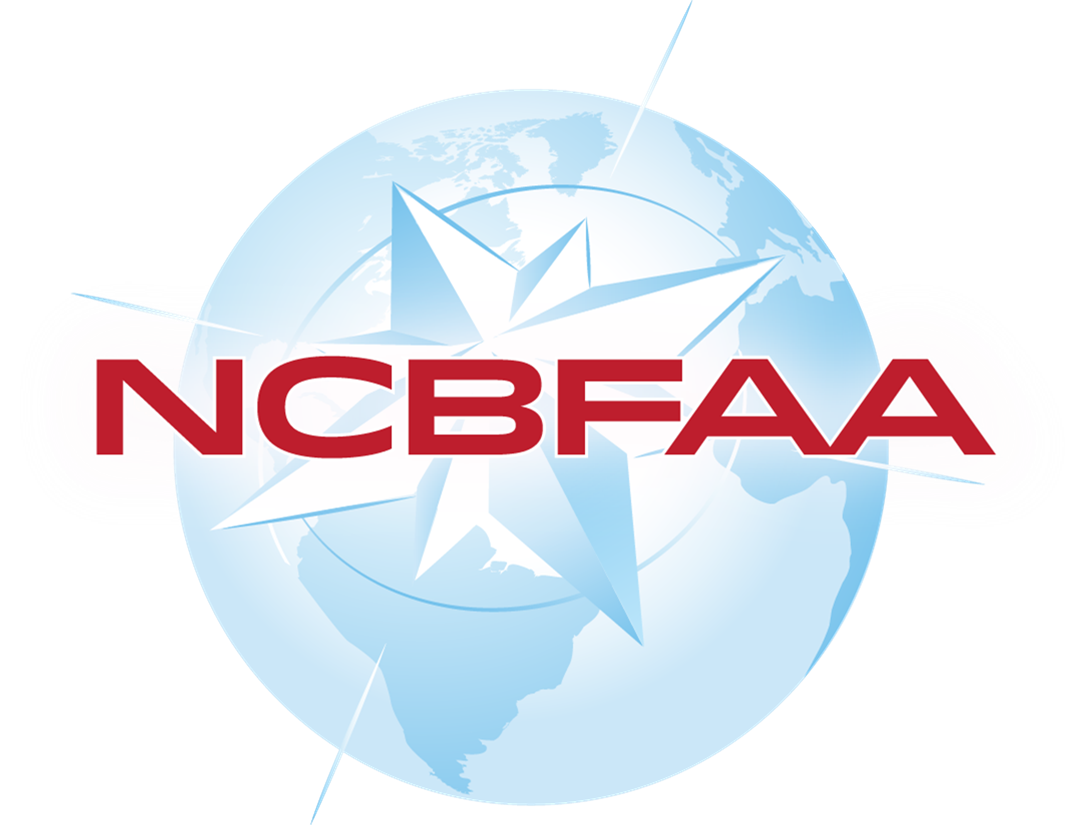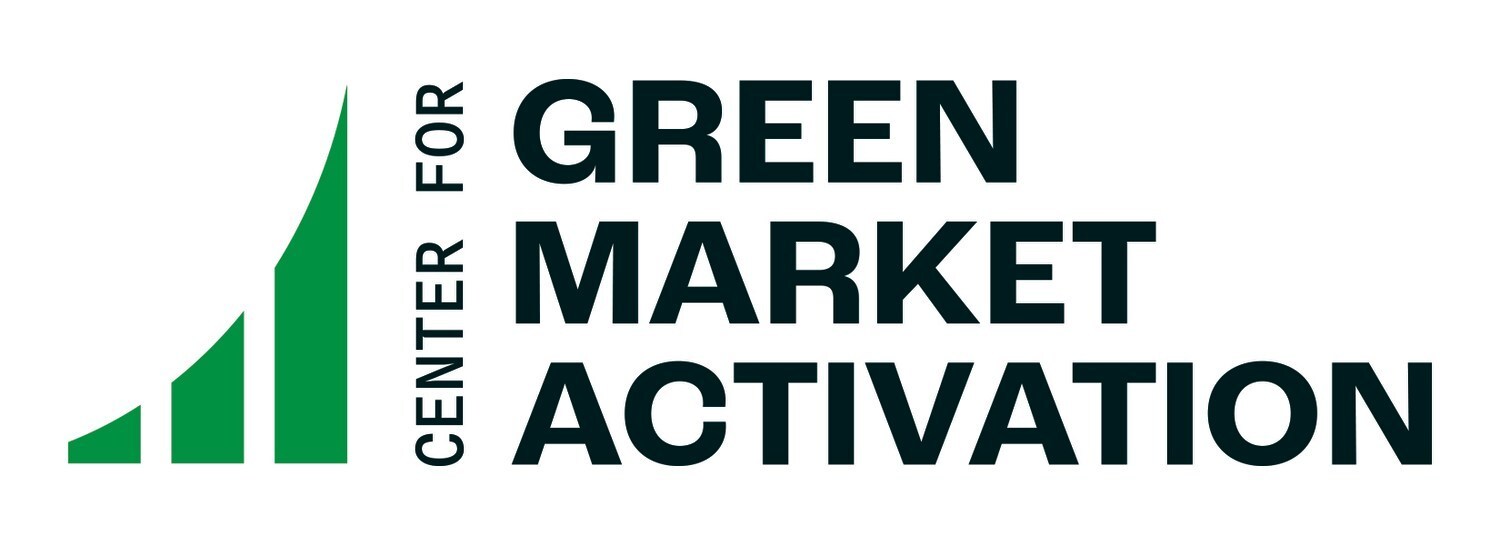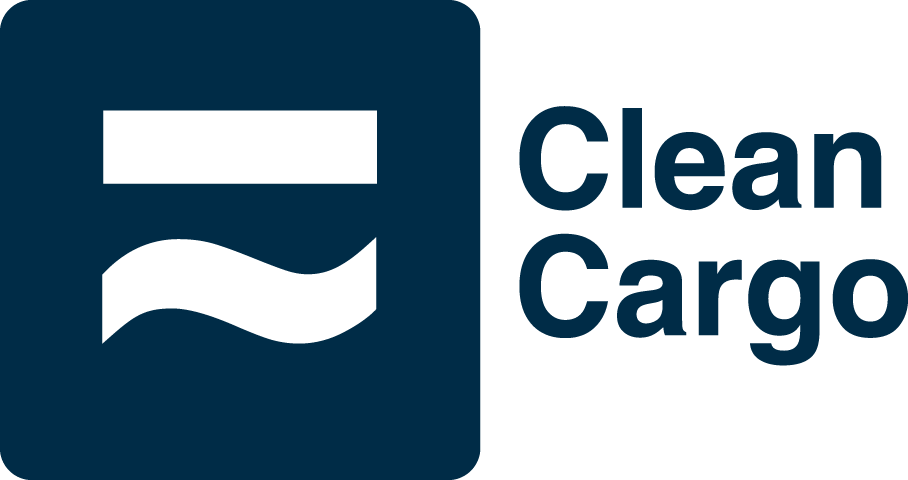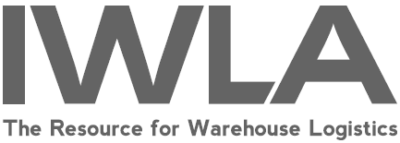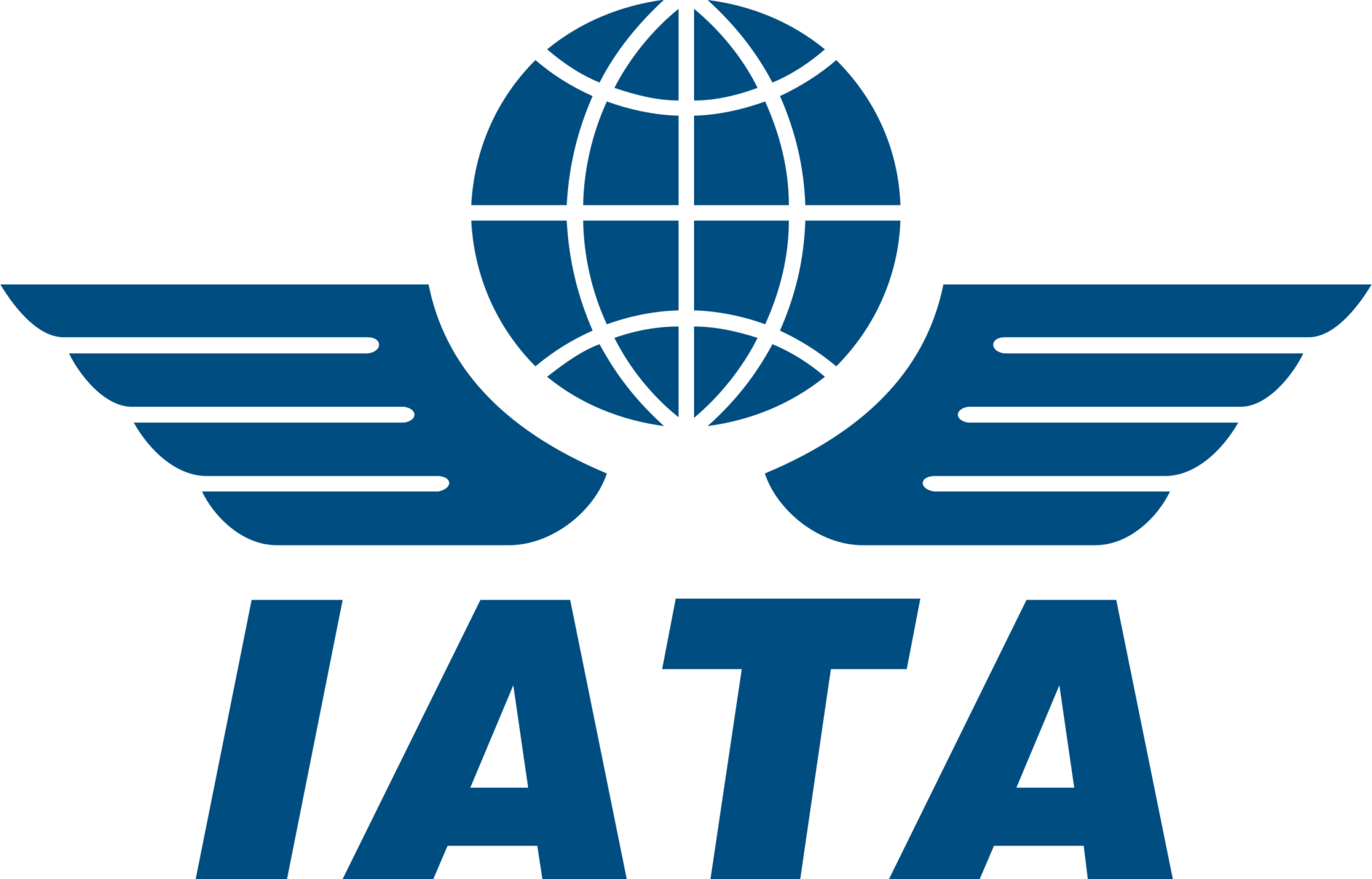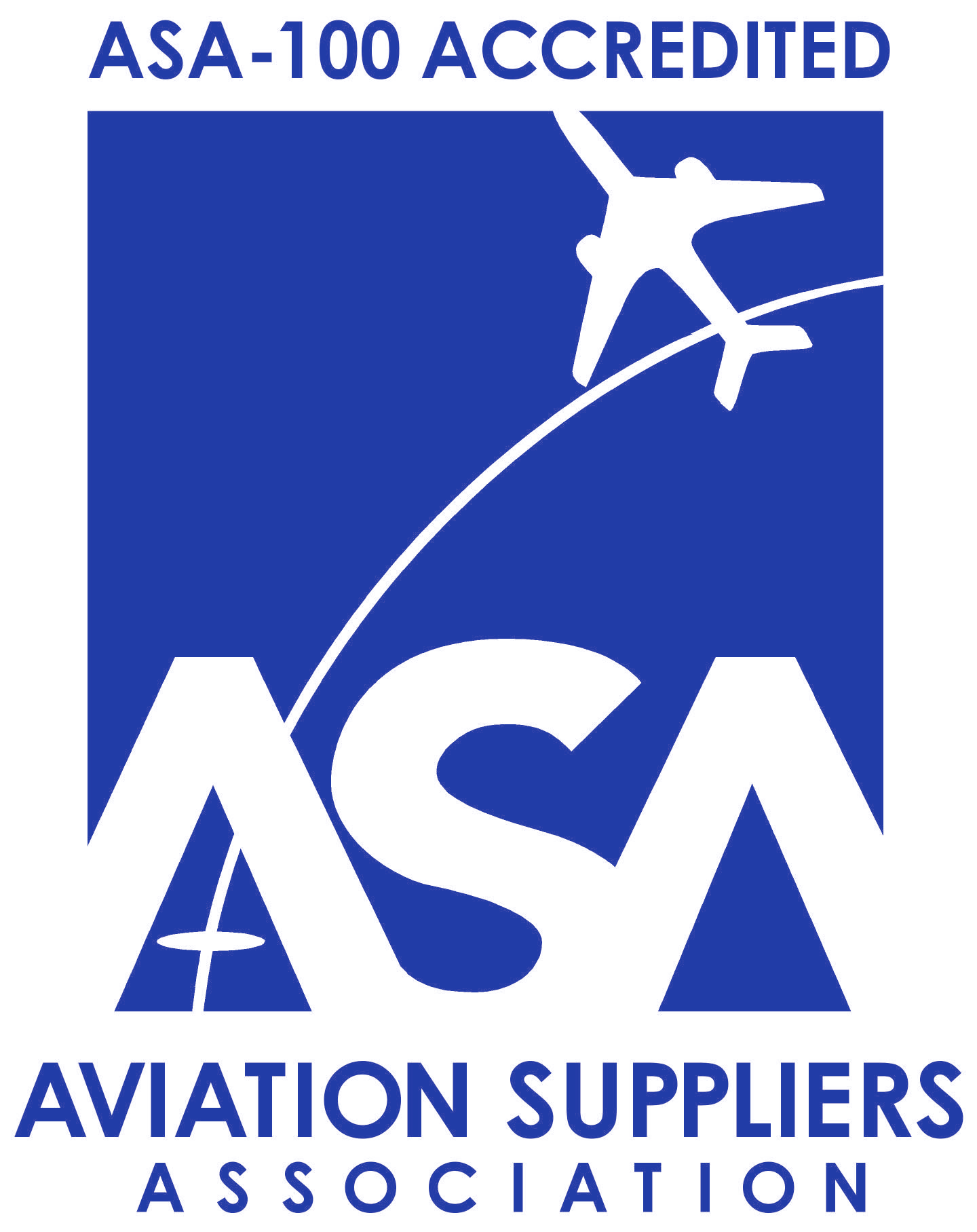SEARCH BY KEYWORD
FAQ: Are Shipping Alliances and Vessel Sharing Agreements the Same Thing?
VESSEL SHARING AGREEMENT A Vessel Sharing Agreement (VSA) is an agreement between shipping lines to share vessel space in order to meet demand on specific trade lanes. The space available to each partner may differ from port to port and is controlled by the individual input of each company. SHIPPING ALLIANCES A VSA differs from a Shipping Alliance in that a VSA is commonly dedicated to a specific trade route with terms and conditions specific to that route, while [...]
What is a Certified Carbon Offset Credit?
A carbon offset is a reduction in Greenhouse Gas (GHG) emissions – or an increase in carbon storage (for example, through tree planting) – used to compensate for emissions that occur elsewhere. A carbon offset credit is a transferable instrument that has been certified by governments or independent certification authorities to represent a reduction in CO2 emissions of one metric tonne, or an equivalent amount of another GHG. The purchaser of an offset credit can retire it in order [...]
What is the bullwhip effect and what does it mean for supply chains?
The term “bullwhip effect,” first introduced by Jay Forrester and is also known as the Forrester effect, refers to a type of demand distortion caused by incorrect forecasting that leads to progressively larger fluctuations in materials orders going upstream in the supply chain from the retailer to the wholesaler, distributor and all the way to manufacturing. When a consumer places an order, the purchase is perceived as a demand increase, cracking the whip, and sending a signal that is [...]
FAQ: What is the Difference between an NVO and an NVOCC?
A Non-Vessel-Operating Common Carrier is a shipping industry term that refers to a type of Ocean Transportation Intermediary (OTI), is often abbreviated by the industry to NVOCC, and sometimes even shorter to NVO. These two abbreviations are interchangeable and describe the same entity. According to the Federal Maritime Commission (FMC) A Non-Vessel-Operating Common Carrier (NVOCC) is: a common carrier that holds itself out to the public to provide ocean transportation, issues its own house bill of lading or equivalent document, and [...]
FAQ: What are Non-Operating Reefer (NOR) Containers?
A Non-Operating Reefer (NOR) container is a refrigerated shipping container with the refrigeration unit turned off. Instead of carrying temperature-sensitive goods, NORs can be stocked with cargo that would normally be placed into a general-purpose container. When a Live Reefer container is delivering cargo to a destination, there is often not enough demand for returning refrigerated cargo to move the equipment back to origin or position into another trade lane. Non-Operating Reefer vs. General 40' Container To [...]
FAQ: What is CARM?
The Canada Border Services Agency (CBSA) Assessment and Revenue Management project, or CARM, is a business transformation effort which is being implemented over 2021 & 2022. Its aim is to ease trade compliance and improve the use of data analytics to optimize business processes between the Canada Border Services Agency (CBSA) and its clients. Once it is entirely integrated, this initiative will streamline the overall importing process, grant importers self-service access to their information, provide a sophisticated [...]
You Ask,
Green Answers

Don’t see the answer you’re looking for? Send it over to Green’s supply chain experts and we’ll answer your
question directly!
LATEST ARTICLES
Subscribe to the
Freight Market Update





